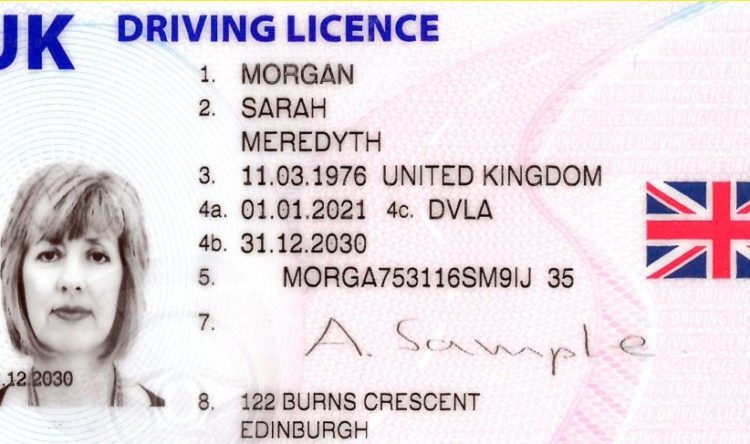Drivers unaware of new rules on phone use behind the wheel
New survey finds general ignorance of mobile phone coming in March
New mobile phone laws while driving will come into force from March 25. However, new research suggests many drivers are ignorant of the changes.
These new rules ban drivers from using their phones to take photos or videos, scroll through playlists or play games.
On the move
The Department for Transport (DfT) has confirmed that the new rules will take effect from March 25. The necessary legislation is now making its way through Parliament.
“This is a much needed upgrade of the law to help make our roads safer,” states Edmund King, AA president. “Mobile phones offer many distractions and this sends a clear message that picking them up to use them will not be tolerated.”
The law also applies to the use of smartwatches, tablets and laptops behind the wheel.
King says drivers opportunity to use their phone “will be extremely limited”.
“Being sat in a traffic jam or waiting at the lights is not an excuse, we want people to keep their hands on the wheel and their eyes on the road.”
Opportunity missed
The Government announced late last year that it would tighten the rules on the use of mobile phones. While making it illegal to use a hand-held device under virtually any circumstance as a driver, many road safety specialists believe the failure to address the problems of hands-free phone use is a major issue.
It was already illegal to text or make a phone call (other than in an emergency) using a hand-held device while driving.
Anyone caught using their hand-held device while driving will face a £200 fixed penalty notice and six points on their licence.
The Government says that drivers will still be able to continue using a device ‘hands-free’ while driving, such as a sat-nav, if it’s secured in a cradle.
The right direction
A study by Volkswagen Commercial Vehicles has found that almost half of van drivers are risking a £200 fine and six penalty points on their licence as a result of using a sat nav app on their smartphone. The research of 1,000 UK van drivers found 46% use an app on their smartphone.
While it is still legal to use sat nav on your mobile phone, it must be safely secured to the dashboard or windscreen. The phone must also be fixed where it does not block your view of the road and immediate surroundings.
Previous legislation had made it a criminal offence to use a hand-held mobile phone to call or text while driving. However, using it for other actions such as taking photos was not covered. Technology has moved on dramatically since the original legislation.
The law said that an offence is committed if a driver uses a handheld mobile phone for “interactive telecommunication”. This phrase reflects how, when the law was written in 2003, smartphones were not in existence. Mobile devices were used for sending texts or making calls only.
This loophole enables lawyers to successfully argue that using a phone’s camera while driving does not constitute “interactive telecommunication”.
Code breakers
Separate research from Venson Automotive Solutions reveals that not all motorists support Highway Code changes. Many believe they could create more dangerous situations on UK roads.
When it comes to the change that allows cyclists to pass slower-moving or stationary traffic on the right or left, including at the approach to junctions, 79% of motorists disagree.
Cyclists will be advised they should proceed with caution, deciding whether it is safe to pass lorries or other large vehicles. The question being asked by motorists is “what is deemed safe?”, says Venson.
However, almost half of respondents agree with the new rule that states drivers should remain behind cyclists and motorcyclists at junctions, even if the cyclist is waiting to turn and are positioned close to the kerb.
Changes also include requesting drivers to give way to pedestrians crossing or waiting to cross a road into which the driver is turning. This is supported by 44% of survey respondents. For road safety experts, this remains probably the most contentious update.






